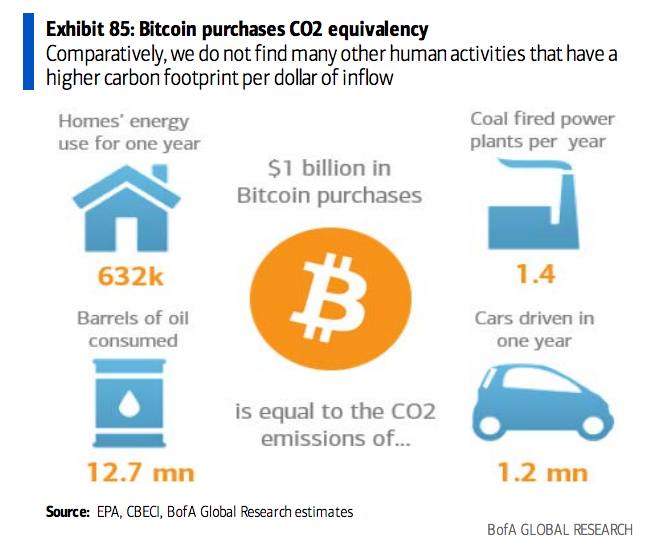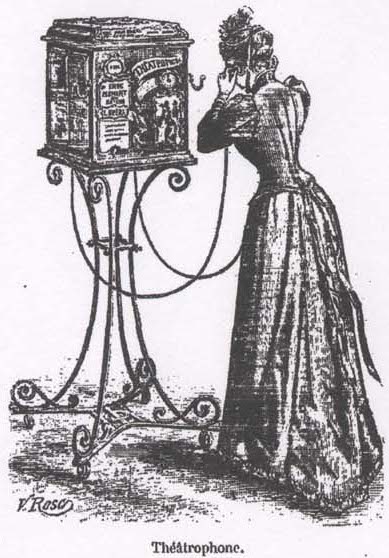A hardy perennial from Mackay's Extraordinary Popular Delusions.
On the 29th of May, the stock had risen as high as five hundred, and about two-thirds of the government annuitants had exchanged the securities of the state for those of the South Sea Company. During the whole of the month of May the stock continued to rise, and on the 28th it was quoted at five hundred and fifty. In four days after this it took a prodigious leap, rising suddenly from five hundred and fifty to eight hundred and ninety. It was now the general opinion that the stock could rise no higher, and many persons took that opportunity of selling out, with a view of realising their profits. Many noblemen and persons in the train of the King, and about to accompany him to Hanover, were also anxious to sell out. So many sellers, and so few buyers, appeared in the Alley on the 3rd of June, that the stock fell at once from eight hundred and ninety to six hundred and forty. The directors were alarmed, and gave their agents orders to buy. Their efforts succeeded. Towards evening confidence was restored, and the stock advanced to seven hundred and fifty. It continued at this price, with some slight fluctuation, until the company closed their books on the 22nd of June.
It would be needless and uninteresting to detail the various arts employed by the directors to keep up the price of stock. It will be sufficient to state that it finally rose to one thousand per cent. It was quoted at this price in the commencement of August. The bubble was then full-blown, and began to quiver and shake, preparatory to its bursting.
Many of the government annuitants expressed dissatisfaction against the directors. They accused them of partiality in making out the lists for shares in each subscription. Further uneasiness was occasioned by its being generally known that Sir John Blunt, the chairman, and some others, had sold out. During the whole of the month of August the stock fell, and on the 2nd of September it was quoted at seven hundred only.
The state of things now became alarming. To prevent, if possible, the utter extinction of public confidence in their proceedings, the directors summoned a general court of the whole corporation, to meet in Merchant Tailors' Hall, on the 8th of September. By nine o'clock in the morning, the room was filled to suffocation; Cheapside was blocked up by a crowd unable to gain admittance, and the greatest excitement prevailed. The directors and their friends mustered in great numbers. Sir John Fellowes, the sub-governor, was called to the chair. He acquainted the assembly with the cause of their meeting, read to them the several resolutions of the court of directors, and gave them an account of their proceedings; of the taking in the redeemable and unredeemable funds, and of the subscriptions in money. Mr. Secretary Craggs then made a short speech, wherein he commended the conduct of the directors, and urged that nothing could more effectually contribute to the bringing this scheme to perfection than union among themselves. He concluded with a motion for thanking the court of directors for their prudent and skilful management, and for desiring them to proceed in such manner as they should think most proper for the interest and advantage of the corporation. Mr. Hungerford, who had rendered himself very conspicuous in the House of Commons for his zeal in behalf of the South Sea Company, and who was shrewdly suspected to have been a considerable gainer by knowing the right time to sell out, was very magniloquent on this occasion. He said that he had seen the rise and fall, the decay and resurrection of many communities of this nature, but that, in his opinion, none had ever performed such wonderful things in so short a time as the South Sea Company. They had done more than the crown, the pulpit, or the bench could do. They had reconciled all parties in one common interest; they had laid asleep, if not wholly extinguished, all the domestic jars and animosities of the nation. By the rise of their stock, monied men had vastly increased their fortunes; country-gentlemen had seen the value of their lands doubled and trebled in their hands. They had at the same time done good to the Church, not a few of the reverend clergy having got great sums by the project. In short, they had enriched the whole nation, and he hoped they had not forgotten themselves. There was some hissing at the latter part of this speech, which for the extravagance of its eulogy was not far removed from satire; but the directors and their friends, and all the winners in the room, applauded vehemently. The Duke of Portland spoke in a similar strain, and expressed his great wonder why anybody should be dissatisfied: of course, he was a winner by his speculations, and in a condition similar to that of the fat alderman in Joe Miller's Jests, who, whenever he had eaten a good dinner, folded his hands upon his paunch, and expressed his doubts whether there could be a hungry man in the world.









